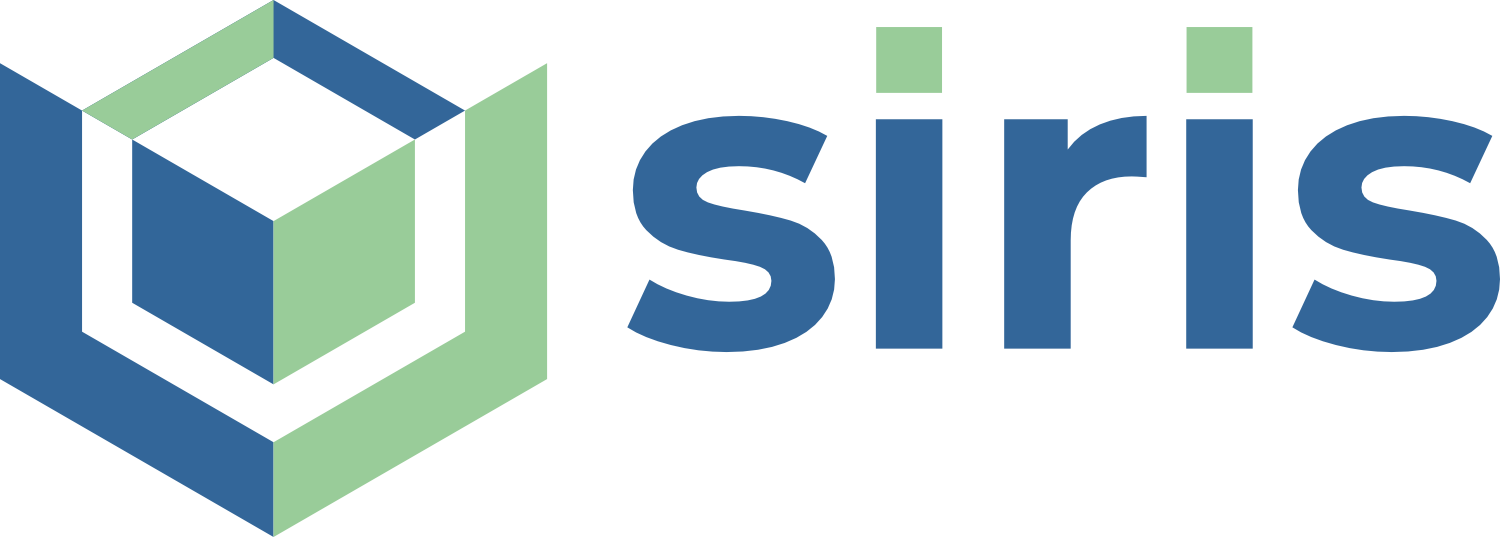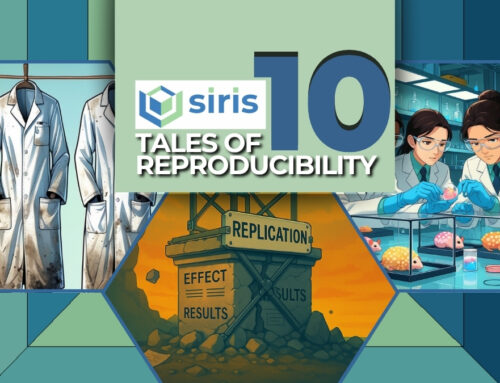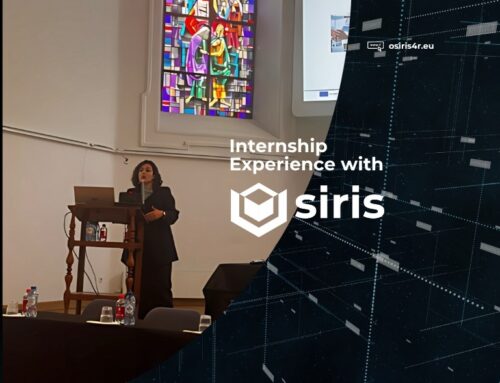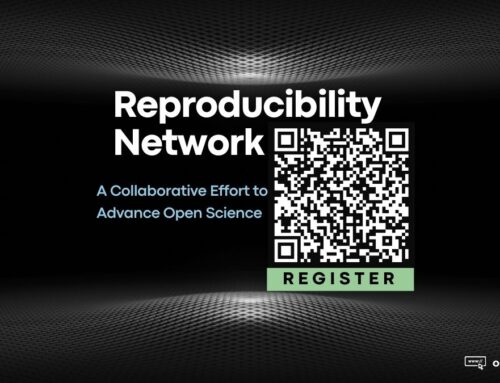
Following the alliance of the TIER2 and OSIRIS projects, our project coordinator Dr Inge Stegeman shares her insights on why and how these projects align and the way forward in joining our forces to improve the reproducibility of science.
-Why an OSIRIS/TIER2 alliance?
Dr Stegeman: From the very beginning the OSIRIS and TIER2 projects started off with a close collaboration. We immediately saw the overlap in our projects and the strength of both projects and collaborators. The projects really complete each other. We started collaborating on practical issues, like writing reviews, but will also collaborate in public engagement, in education and will build on future projects.
-What is the vision of OSIRIS? How does it align with TIER2?
Dr Stegeman: The vision of OSIRIS is to develop and test Open Science interventions that aim to improve the reproducibility of science. The objective is to make reproducibility and open science interventions evidence based. Currently, there are a lot of interventions aiming to improve the reproducibility of science. Regrettably, the effectiveness of those interventions has hardly been tested. OSIRIS aims to provide an evidence base for the effects of these interventions. This perfectly aligns with the aim of TIER2, which aims to build evidence based on the extent and efficacy of existing reproductivity practices and co-create new tools to enhance reproducibility across diverse contexts. Where both projects use a diverse sample of methods from a wide range of research domains. There is a slightly different focus. OSIRIS takes a bit more of its methods from the biomedical field, and TIER2 is a bit more social science focused. That is exactly the beauty of our collaboration: we have the same aim and envision the same outcome (evidence-based interventions), by combining our methods our projects provide all the evidence needed for safe and efficient implementation of Open Science and reproducibility interventions over all domains of science.
-How will the OSIRIS/TIER2 partnership contribute to Open Science and Reproducibility?
Dr Stegeman: The OSIRIS/TIER2 partnership will contribute to Open Science and Reproducibility by making evidence important. While most open science and reproducibility interventions are promising ideas, most of them haven’t been tested. Meaning that their real effect, whether it be beneficial or harmful, is unclear. If we want to make science work for society, if we want to find solutions for the challenges we face globally, and if we want to be more efficient in science, then we need to know what works to make science more reliable and trustworthy.
Stay tuned for more details on the collaboration between these consortiums paving the way in Open Science and Reproducibility!








Keep In Touch